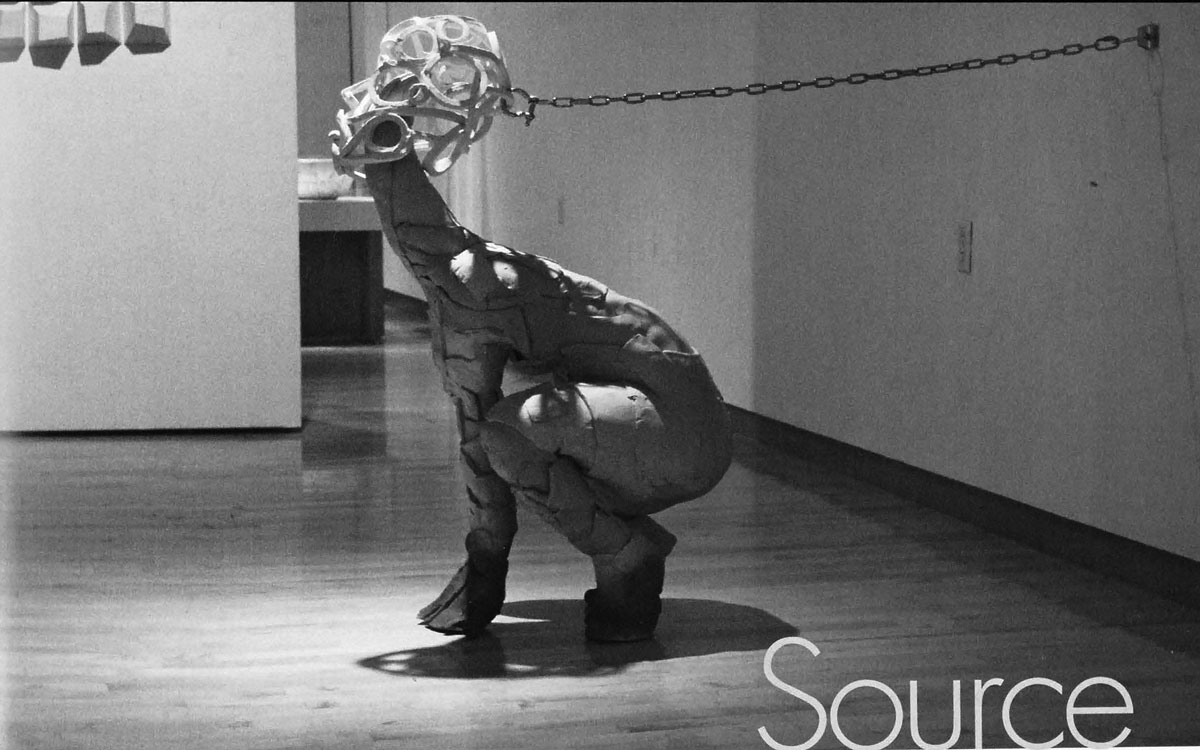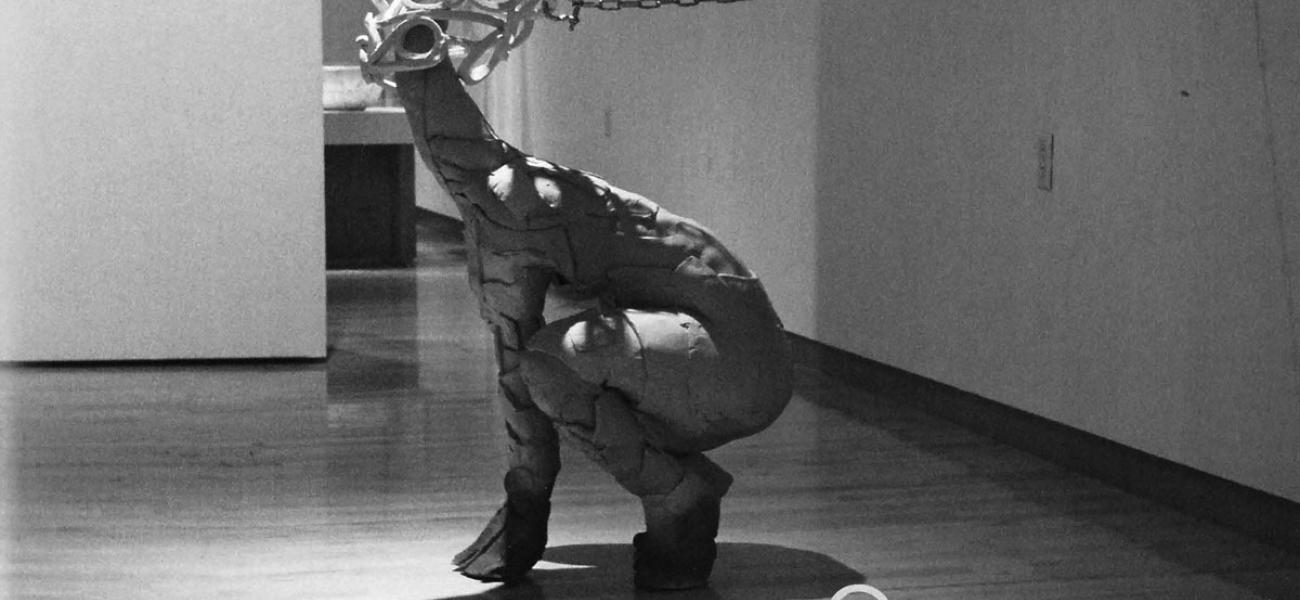Oh, so your family does clay, huh? For how long? Oh ... you know, about fifteen hundred years. Give or take.
 I grew up at Santa Clara Pueblo, surrounded by people who work in clay. When I was a child I met a girl whose mother was the manager for Sonic, a local fast-food restaurant. I was in total shock. I thought everyone's mom spent her days digging, forming, sanding, and polishing clay, then filling the air with the sweet smell of burning cow dung while firing that clay. I thought my mom was exceptionally strange because she bought her clay, made people out of it, lowered them nerve-rackingly into her electric kiln, and then consequently had freak-outs about "switches." But Sonic?!? Whoa.
I grew up at Santa Clara Pueblo, surrounded by people who work in clay. When I was a child I met a girl whose mother was the manager for Sonic, a local fast-food restaurant. I was in total shock. I thought everyone's mom spent her days digging, forming, sanding, and polishing clay, then filling the air with the sweet smell of burning cow dung while firing that clay. I thought my mom was exceptionally strange because she bought her clay, made people out of it, lowered them nerve-rackingly into her electric kiln, and then consequently had freak-outs about "switches." But Sonic?!? Whoa.
I wasn't just surrounded by clay. Earth in all its glory was everywhere: dried into bricks to build the live-in vessel that was the house and formed into trenches to provide the foundation, protection, and nourishment for the seeds that would later become our food- corn, beans, chile, and squash. It wasn't just one of the four elements; it was my context. When I could barely walk, my mom put my brother and me in a pit of water and dirt, and let us splash and splat in it long enough that, through play, the mix would become mud, the bonding solution for the adobe bricks that were being transformed into our safety, our home.
When one has no alternative perspective, one cannot have any understanding of just how exceptional a specific experience is.
Desiring something more from my dusty life, I went on a search for perspective, and the best vehicle for that became education. I went to the big city, Albuquerque, and, along with spray paint, flamenco dance, printmaking, and poetry, I found ceramic solidarity at the University of New Mexico. I moved on to the Institute of American Indian Arts, where I found people of tribes I had never heard of, tribes that fished, carved, and wove and were only just building
a new relationship with clay. But that wasn't enough.

